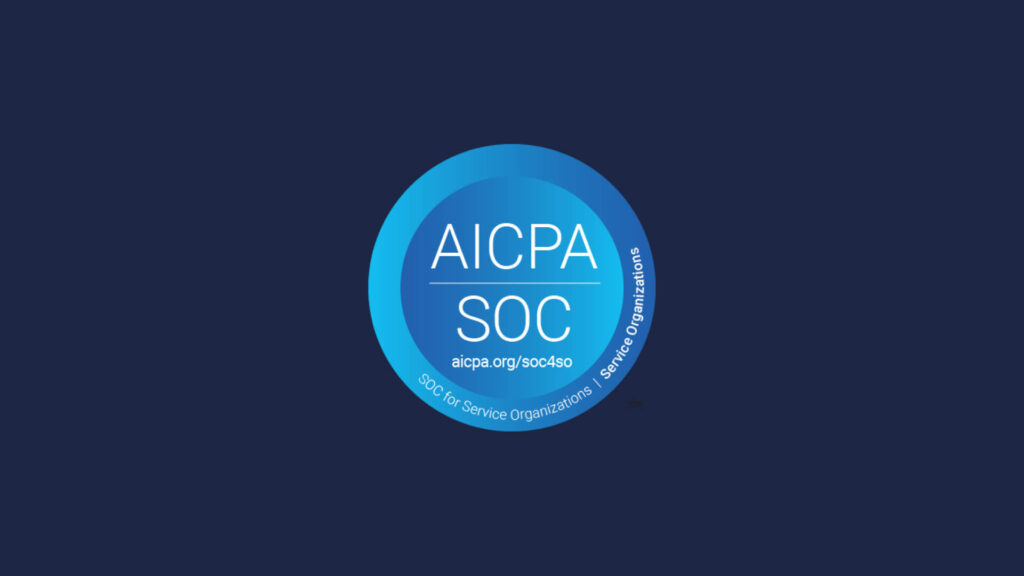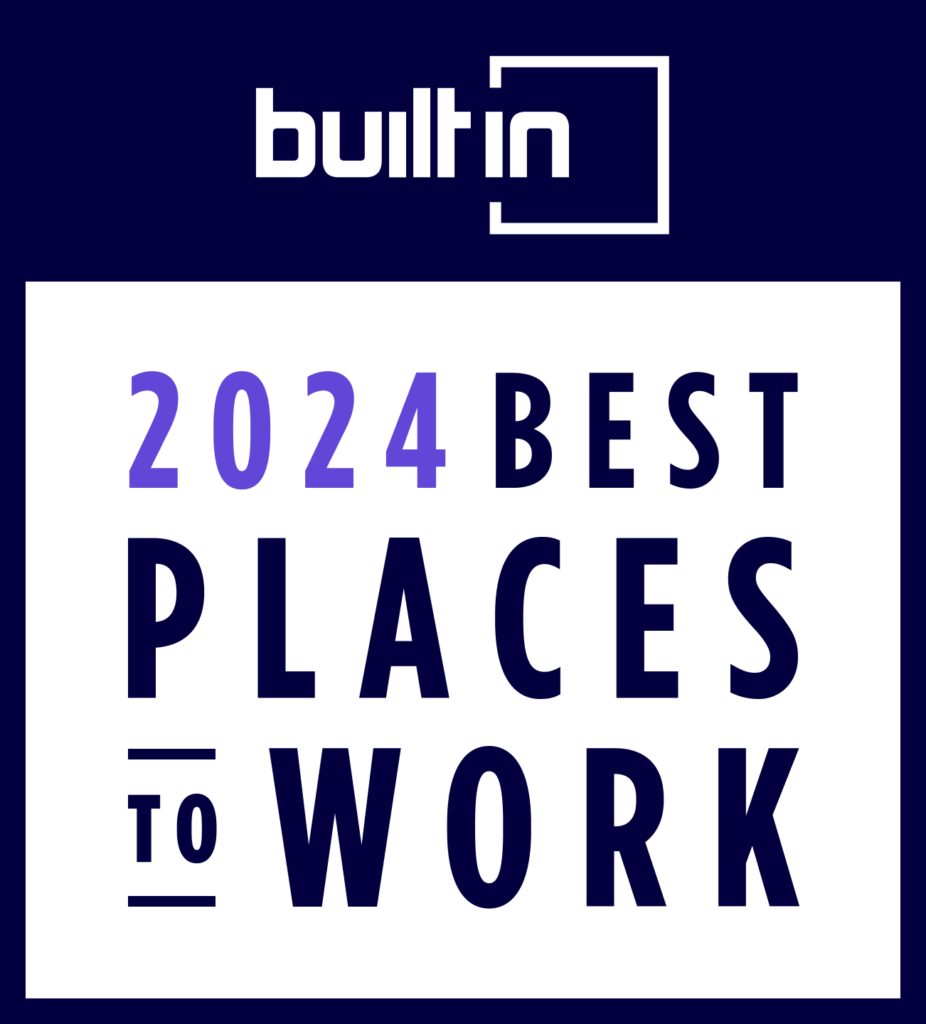Highline founders Darin Cline (COO), Geoff Brown (CEO) and Arun Agrahri (CTO)
We are building a better financial solution for the middle class, one that will greatly reduce the stress of managing daily finances and unlock access to credit based on the work they do and the money they earn. Its foundation is a new way to automate payments directly from their income.
The Broken System
The way people manage their bills is messy and punitive, and unfortunately, our credit system is built around how well someone can actually manage this less-than-ideal process.
For many middle-class Americans, living paycheck-to-paycheck is their reality. These are hard-working teachers, plumbers, truck drivers, and store managers and for them, this cycle means that there is no financial cushion for unexpected expenses. What’s more, since many have bank balances that often drop close to zero, any automatic deductions of varying amounts on scattered days of the month will inevitably result in overdrafts. In response, most tend to pay their bills manually, one at a time, because it is the safest thing to do.
But manually paying bills isn’t safe either. Mistakes inevitably occur when people have real lives full of more important things to deal with. Unexpected expenses are also inevitable. The result is that about half of the country fails to keep their bills from falling behind, which often leads to them being branded with a subprime credit score.
At the core, credit scores are really just an indicator of how well someone has been able to keep up with manually paying bills. This is how the current system works – people manually managing their money and being penalized when they make mistakes. Small mistakes mean fees, and bigger mistakes mean a damaged credit report that makes everything much more expensive, or worst of all, leads to a complete loss of access to credit. As it exists, the current system is failing too many consumers.
The Automated Solution
By paying bills directly from income, consumers can reliably and easily manage their bills. Credit access is now based on an individual’s job tenure and income rather than their history of manual bill payments when their financial situation may have been much different. This instantly gives recognition, and more importantly credit, for someone’s current work experience.
Automating bills from income works essentially like most 401ks and health care premiums do. Once it’s set, there is nothing for the consumer to do or think about – it just works. They can set it and forget it, and obligations are taken care of without the risk of overdrafts.
At the same time, lenders stand to benefit from as much as a 66% reduction in defaulted loans when getting paid automatically from an average, full-time income. Lenders can also approve loans for consumers with credit scores 100 FICO or Vantage points lower than they normally would, without incurring higher loss rates.
This is a win-win for everyone as it means a significant, currently excluded population of 40 million people are now able to access mainstream credit options, while responsible lenders can reach more potential borrowers and substantially grow their businesses and loan portfolios.
Bridging the Gap
Highline was created to enable these payments at scale. Our solution leverages API access to payroll platforms, receives funds by direct deposits, and intelligently routes the funds to enable any recurring payment use case.
Loan payments from payroll have actually been around for decades. It is proven to work phenomenally well, and in some countries, it is the predominant channel for personal loans. However, it never previously achieved scale in the U.S. due to its dependency on employer distribution and employers not viewing it as a critical need.
With access to payroll platforms by API, the need for employer integrations is removed; direct deposits are used to set up a stream of payments. This sounds simple enough, but it isn’t sufficient for 99% of lenders to manage directly for several key reasons:
- Lenders cannot handle payments through a single collections account; individual borrower accounts are needed to receive funds
- Payroll and payment frequencies are often mismatched, forcing lenders into weekly or semi-monthly loan schedules
- Initial payments must typically be held for the benefit of the borrower to satisfy legally-required grace periods
- Overpayments, which frequently occur at the end of the loan, create operational headaches for the lender as they work with borrowers to turn off direct deposits
- Off-cycle payments will arrive, and lenders must quickly and efficiently forward those funds to the borrower
- Many payroll platforms only split direct deposits by percentages, making it nearly impossible to take the exact payment amount
- Similarly, amounts due can vary month to month, further complicating money movement
- About 33% of incomes only allow one direct deposit destination, including Reg B-protected social security checks
- Additionally, most payroll systems only give employees two or four direct deposit slots; once they are used up for other purposes, the lender is unable to set up payment from payroll
Highline solves all these problems by managing the flow of funds to meet exactly what a lender or biller needs.
Another consideration is that as this payment method takes hold, the limits on direct deposit “slots” will make it impossible for individual lenders to manage. Consider that a borrower taking a new loan with all of their available slots in use would need to disconnect an old loan to free up space. Having payroll systems increase the number of slots isn’t a viable solution either because something as simple as changing jobs or missing a paycheck would mean exponentially more effort on behalf of lenders and borrowers, and also open the door for many more mistakes. The best solution is a widely-available payment router that can receive one stream of funds from the consumer to pay multiple accounts. Highline is built to service this need.
A New Future
Fast forward ten years, and it is conceivable that payments from payroll is how the average person pays all of their bills. The checking account receives money that is safe to spend, and if it runs out early, Early Wage Access products give immediate availability to earned income. Bigger cash flow problems are solved at a very low cost and with minimum friction. “Payday” is no longer an event that registers to the average person as it now just signifies when financial institutions settle funds. Adding an additional bill to Highline is just a one-click process, and all payments can be responsibly managed and reviewed for affordability with a consumer’s income and the full range of their obligations clear to all.
This new world will take a range of innovative and traditional players to build. Highline is a critical piece, but lenders and billers will need to offer the payment option. Servicing and origination platforms will natively enable these payments, while biller software providers will add a new payment method for all bill types. In this shift, new “career scores” that rate income stability will replace or augment dated, traditional credit scores. Lead aggregators will send salaried customers to payroll-enabled lenders. Payroll platforms and APIs will enable access that is easier and more secure. Capital markets will learn to value these assets and pay a premium. More consumers will get access to the funds and credit they need while lenders increase their revenue and lower their risk. Everybody wins.
If you’re inspired by our vision or want to learn more about how we can help, contact us here!



